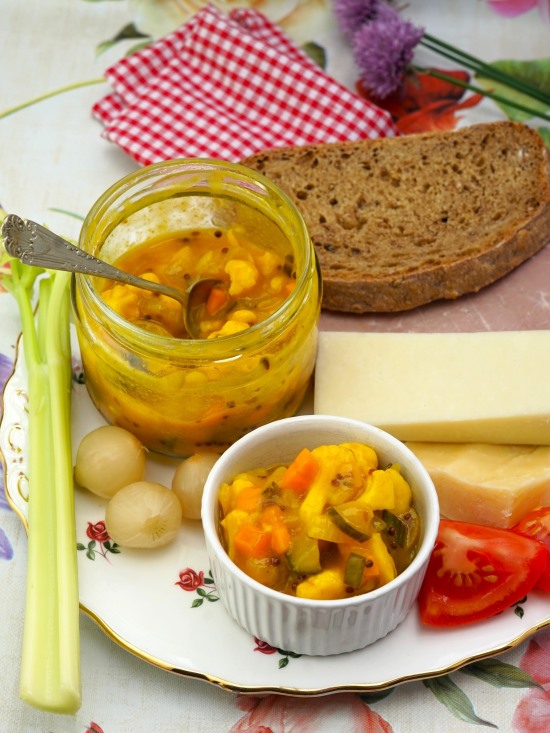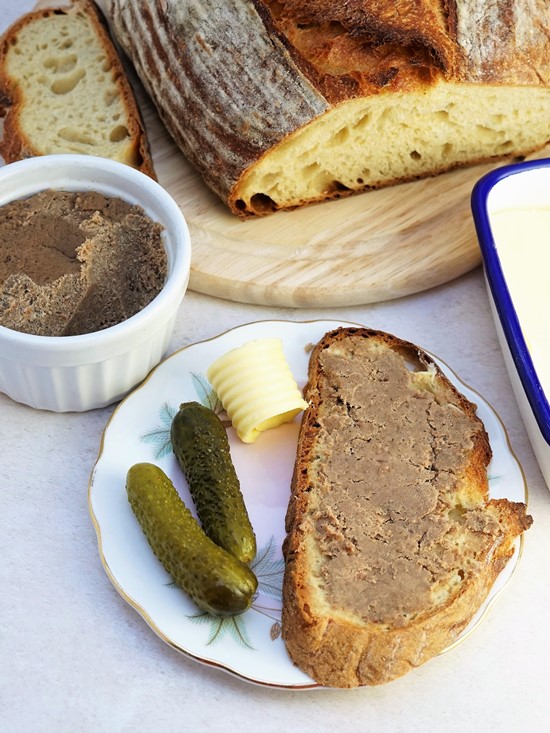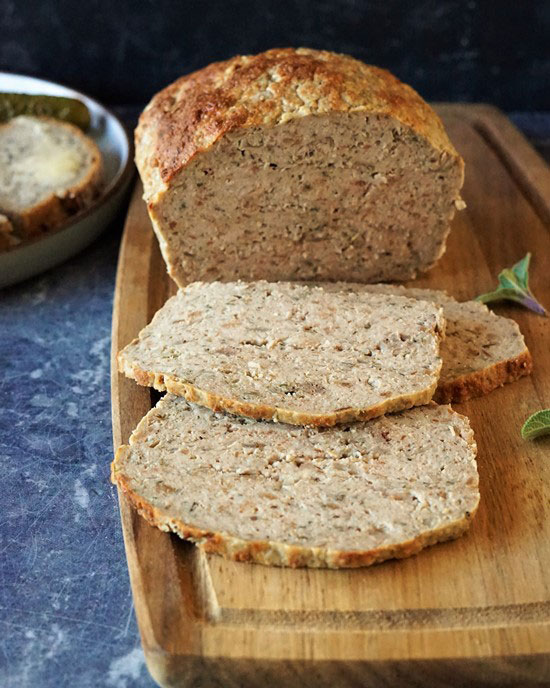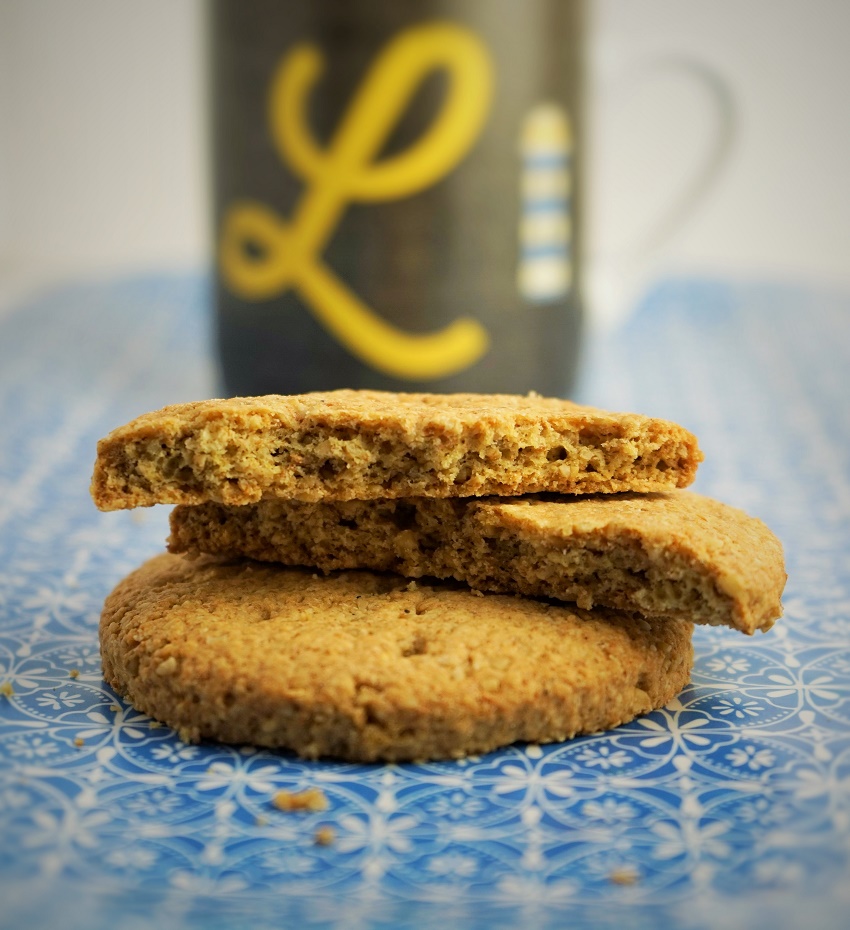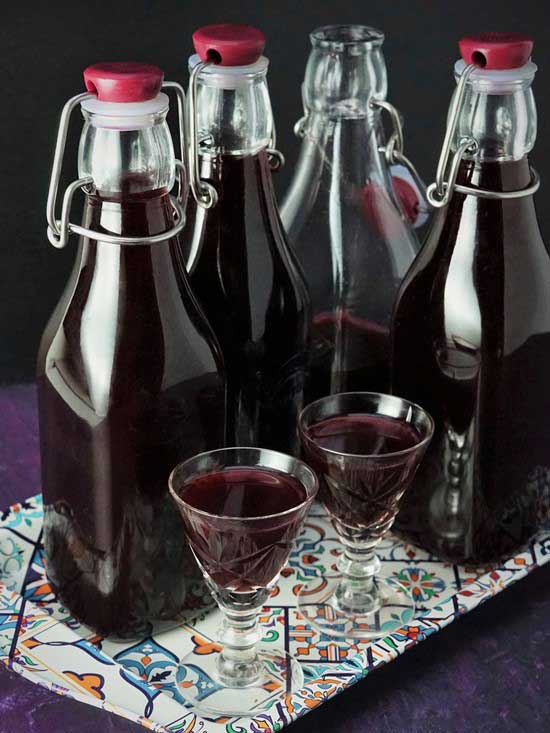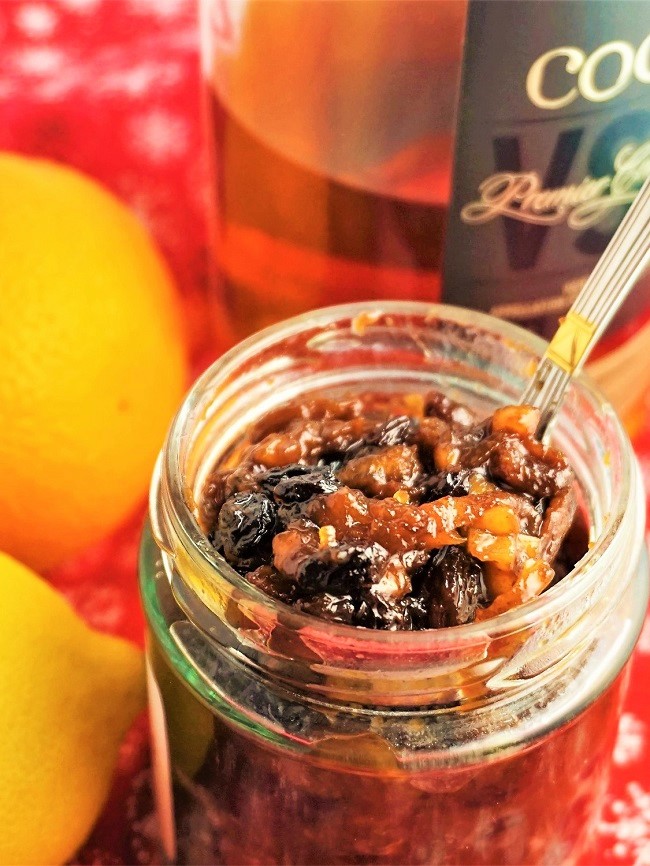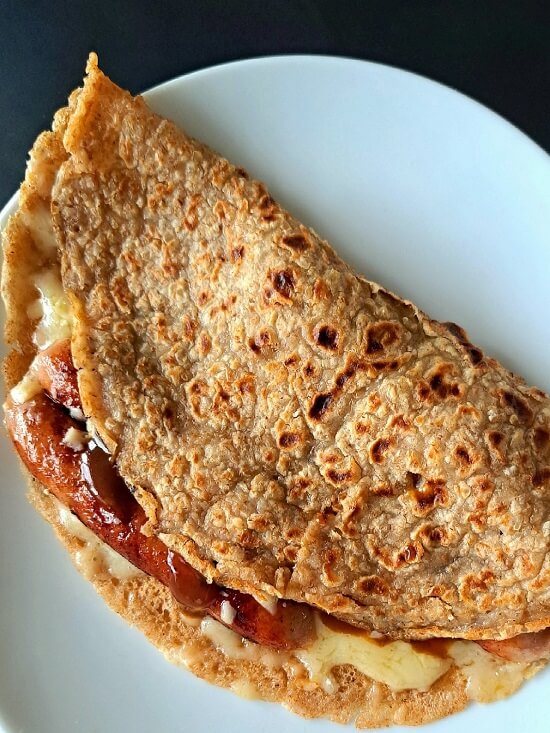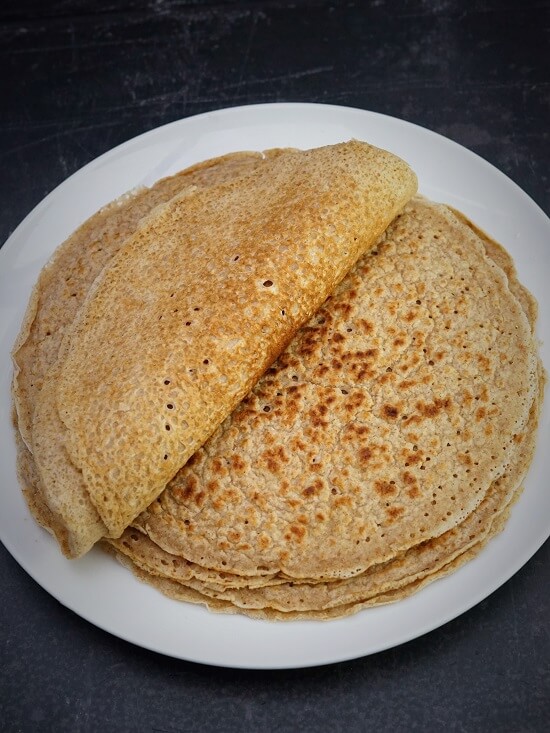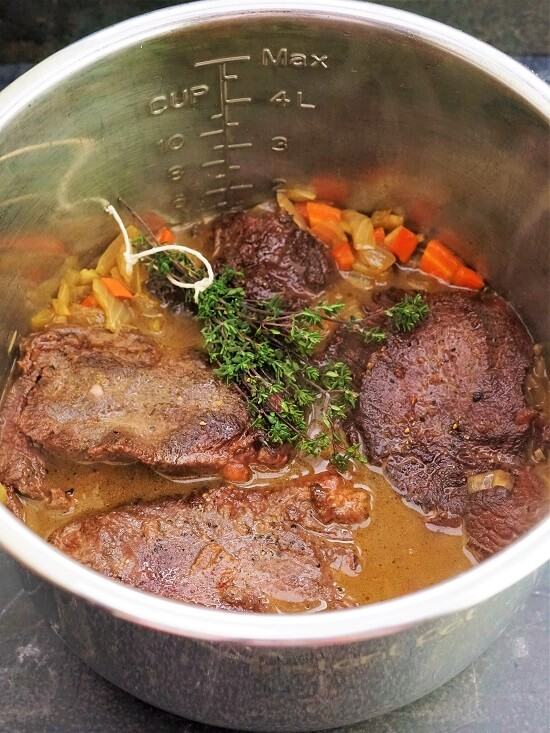The Popularity of Old-Fashioned Recipes
It warms my heart that many of my most popular recipes are simple, old-fashioned ones.
A version of this post first appeared in the Moorlands Eater Newsletter.
The urge to write about ‘old-fashioned’ or traditional British recipes came to me after posting my blog recipe for Piccalilli. If you don’t already know, piccalilli is a pickle of mixed vegetables in a thick, tangy sauce flavoured with mustard and turmeric.
Eaten alongside pork pie, cold meats, cheeses, salads, or in a sandwich, it’s existed in some form in Britain since at least the eighteenth century. And it got me thinking about how so many of my most popular recipes could be called old-fashioned.
POTTED BEEF
One of my early blog recipes, Potted Beef, was a surprising hit. I grew up in the 1970s and 80s and loved this simple, satisfying meat spread we’d get from the butchers.
Not easy to find these days, I’d been so pleased to discover it was simple to make at home. Seasoned, diced beef (shin is excellent) is slowly cooked with butter and stock until meltingly soft. Then it’s whizzed in a blender until smooth and spreadable. But I wasn’t quite prepared for just how many people loved it too.
Like many comments to follow, the first one was linked to the past:
My daughter wanted me to make potted beef. Her favourite books are the Famous Five and they frequently have picnics with potted meat and such.
Another nostalgic book and British TV series were responsible for others making Potted Beef:
As Wind in the Willows fans we were delighted to find this recipe… memories of Christmas morning as a kid came flooding back…
Being American I wasn’t familiar with Potted Beef, however I happened to be watching one of my favorite British shows, Call the Midwife, where it was mentioned.
British ex-pats were another group who appreciated the recipe:
We now live in Australia and can’t get potted meat here so each time we go back to the UK we have a potted meat breadcake from the bakery in Sheffield… never knew it was so easy to make, been missing it for 35 years.
Then there are those who want to share a bit of their own history.
Dad was a master butcher, he employed a chap who made brilliant Potted Beef from the trimmings when boning out a carcass. The recipe died with him… Forty years later I’m going to give it try, just as a reminder of Arnold (the master maker) and Dad who died a couple of years ago.
Another conjured up characters I could almost see:
When I was a kid there were two types of sandwiches when you went out, cheese and potted meat (potted beef but we kids called it potted dog in Sheffield!). Tinned salmon was for Sunday tea and ham was for funerals (as in “She buried ‘im with ‘am”).
I find it fascinating that a simple recipe can have such meaning for so many different people. Also that they’ll reach out to a stranger and tell them.
HASLET
Another old-fashioned meat recipe I didn’t think would generate the amount of interest it did was Haslet. This is an English pork meatloaf most often served cold. While it seems to have been made in various parts of England, haslet is especially associated with the county of Lincolnshire. Like their famous sausages, it’s usually flavoured with sage.
Growing up in the East Midlands, we’d eat thin slices of haslet in sandwiches for weekday lunches. Sometimes we’d have it for Saturday tea alongside what then passed for salad: literally one tomato, one lettuce leaf. Alongside would be a bowl of sliced cucumber and onion steeped in diluted vinegar, plus bread and butter. That would be followed by cake, always homemade.
One commenter confessed that she still makes the cucumber and onion in vinegar. Now of course, people talk about ‘quick pickles’ and ‘refrigerator pickles’ as if they’re something new.
SIMPLE BAKING RECIPES
Among my most popular recipes virtually every week of the year are Cheese Scones, Classic Sultana Scones, Scottish Oatcakes and Digestive Biscuits. In a world obsessed with what’s new, I find it comforting that these old favourites continue to be loved. It’s also taught me that there’s an audience for relatively simple cooking, especially baking.
It was piccalilli that prompted this piece, and various homemade preserves regularly rise into then fall from my list of currently popular recipes as the seasons change. Almost all of them could be said to be old-fashioned.
PRESERVING
Currently, with lots of us having a glut of homegrown courgettes and marrows, Marrow or Courgette Jam with Lemon & Ginger and Hot & Spicy Courgette Chutney are popular. Brambling time always sees my Blackberry Brandy steadily climbing the charts.
If previous years are anything to go by, that will be followed by the annual autumnal craze for Smoky Tomato Chilli Chutney. Then I’ll see a last-minute flurry heading towards Homemade Christmas Mincemeat.
While homemade jams can be eaten straight away, most of the other preserves require what is often considered to be an old-fashioned virtue: patience. Chutneys need to mellow. Spices to meld. Spirits infuse with dark, inky berries.
STAFFORDSHIRE OATCAKES
I’ll finish with another old-fashioned recipe, but one that has yet to completely break free from its regional origins.
If you don’t have connections to the English county of Staffordshire, and specifically the northern part of it, there’s a good chance you haven’t heard of Staffordshire oatcakes. Unlike the biscuity Scottish oatcake, these are soft, yeasted pancakes made with oatmeal. Most often eaten alongside or filled with traditional breakfast foods like sausage, bacon, mushrooms, or tomatoes, plus cheese, they make a hearty breakfast or lunch.
Cheap and portable, oatcakes became a staple for workers in the Stoke-on-Trent potteries, centre of world ceramics production in the Industrial Revolution. It’s said that virtually every terraced street once had its own oatcake shop. They were often hole-in-the-wall affairs, ordinary houses selling homemade oatcakes through the window.
There are still around 20 – 30 oatcake shops in Stoke-on-Trent, plus a few in other parts of north Staffordshire. Some make oatcakes in the traditional way, hand mixing and hand pouring onto a baxton (from the words bakestone/backstone). Others are mass produced, machine poured, and cooled by fans. You can buy a batch to take home, heat and eat, or buy them ready filled to eat on the go.
You’ll also find oatcakes on breakfast and lunch menus all over North Staffordshire. In recent years, packet oatcake mixes have come onto the market too. Shipped to ex-Stokies far from their nearest oatcake shop so they can make their own at home.
While Staffordshire oatcakes seem to be thriving on their home turf, I’d love to see them take their place among Britain’s traditional, old-fashioned but widely popular recipes. Happily, they’re incredibly cheap and easy to make from scratch.
Just as every oatcake shop is said to have its own (secret) recipe, this Staffordshire Oatcakes recipe is my way of making of them. I don’t claim they’re more authentic than any others, they’re just how I like them after tinkering with the recipe over the years. If you’re making Staffordshire oatcakes for the first time, use my recipe as a starting point but feel free to adapt it to your own tastes.
OLD-FASHIONED RECIPES CAN EMBRACE THE NEW
I think it’s fair to say that no one is ever likely to accuse me of hopping on the latest food trend. I’ve been cooking for over thirty-five years so have seen a lot come and go.
But that doesn’t mean I’m a stick-in-the-mud. Where new ideas, ingredients or equipment add to the enjoyment of food or make it easier to produce without detriment to the quality, I’m all for it.
I’ve had an Instant Pot electric pressure cooker for many years now. While I never did get the point of all those blogs telling me to boil eggs in it instead of a saucepan, I think it’s great for getting old-fashioned cuts of meat beautifully tender in a fraction of the time required in an oven or on the stove. I wouldn’t be without it for things like Oxtail Soup, Beef Short Rib Ragu, or Beer Braised Beef Cheeks.
In true old-meets-new style, some readers have told me they’ve successfully used their Instant Pot to make my potted beef recipe.
A couple of months ago I bought an air fryer. Not because I want to cut down the fat in my cooking (I’m definitely too old-fashioned for that). But on the grounds of fuel economy. This goal was once seen as relevant only to the poor, the exceptionally thrifty, or the old-fashioned. But that sort of thinking now seems vital for all of us.

